Home> Bearing Technology> Ultimate Ceramic Bearings Comparison: SKF vs. FAG vs. INA – Which Brand Stands Out?
Ultimate Ceramic Bearings Comparison: SKF vs. FAG vs. INA – Which Brand Stands Out?
NOVEMBER 02, 2022Introduction
Overview of Ceramic Bearings and Their Significance in Various Industries
Ceramic bearings are an advanced form of bearing technology that utilizes ceramic materials such as silicon nitride, zirconium oxide, and alumina oxide. These bearings are renowned for their exceptional performance characteristics, including high hardness, low density, corrosion resistance, and thermal stability. Unlike traditional steel bearings, ceramic bearings offer superior durability and reliability, making them ideal for demanding applications in various industries.
In the aerospace sector, ceramic bearings are essential for their ability to withstand extreme temperatures and high speeds, contributing to the overall efficiency and safety of aircraft components. In the automotive industry, these bearings enhance the performance and longevity of high-speed vehicles and electric cars by reducing maintenance needs and improving durability. Medical devices also benefit from ceramic bearings due to their biocompatibility and non-magnetic properties, ensuring precision and safety in medical procedures. Additionally, ceramic bearings are widely used in industrial machinery, renewable energy systems, and robotics, where they help improve operational efficiency and reduce downtime.
Brief Introduction to the Brands SKF, FAG, and INA
When it comes to ceramic bearings, three brands stand out in the global market: SKF, FAG, and INA. Each of these brands has established a strong reputation for innovation, quality, and reliability, making them the go-to choices for many industries.
SKF (Svenska Kullagerfabriken) is a Swedish company founded in 1907. It has become a world leader in bearing technology, offering a wide range of products that cater to various industrial needs. SKF's ceramic bearings are known for their precision engineering, robust design, and ability to perform under extreme conditions.
FAG (Fischer Aktien-Gesellschaft), part of the Schaeffler Group, is a German brand that has been a pioneer in bearing technology since 188 FAG bearings are recognized for their high quality and advanced manufacturing processes, which ensure superior performance and longevity. The brand's ceramic bearings are particularly favored in high-stress applications due to their resilience and reliability.
INA, also under the Schaeffler Group, is another German brand that specializes in precision bearings and components for automotive and industrial applications. INA's ceramic bearings are celebrated for their innovative designs and exceptional performance, making them a preferred choice for high-precision and high-speed applications.
This comparison will delve deeper into the offerings of these three leading brands, evaluating their ceramic bearings in terms of performance, reliability, innovation, and customer satisfaction. By examining the strengths and weaknesses of each brand, we aim to provide a comprehensive guide to help you determine which brand stands out in the competitive world of ceramic bearings.
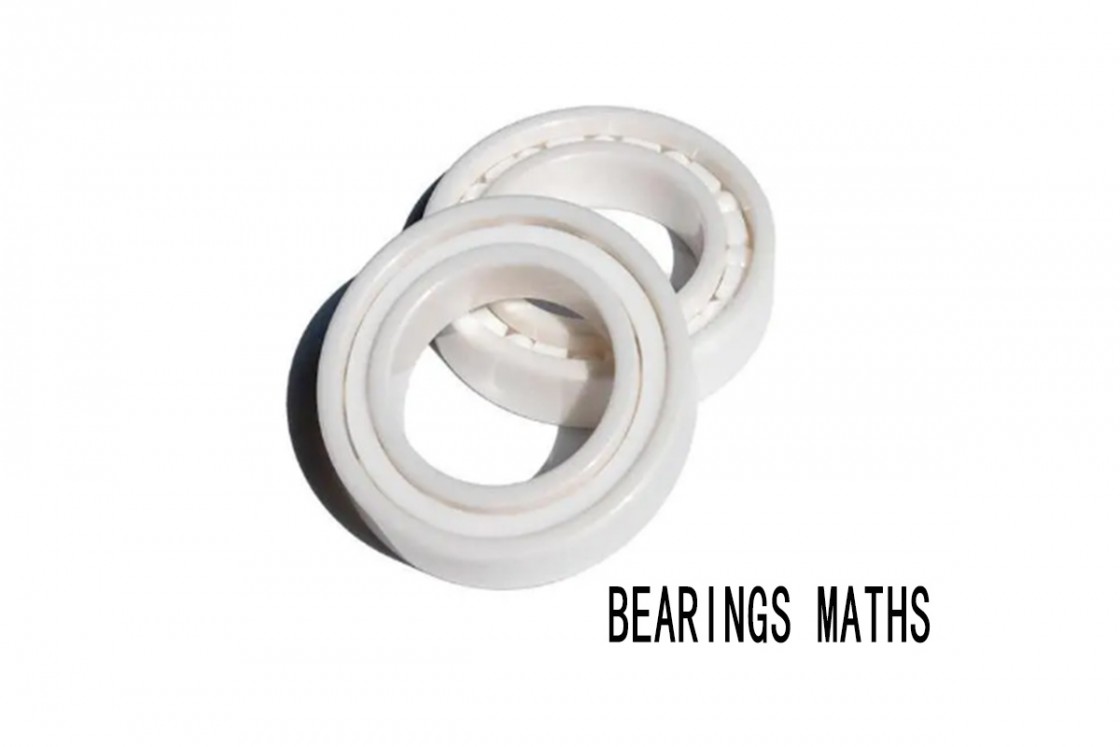
Material Specifications
Detailed Comparison of Ceramic Materials Used by SKF, FAG, and INA
Ceramic bearings rely on advanced materials known for their exceptional properties, including high hardness, low density, corrosion resistance, and thermal stability. Let's delve into the specific ceramic materials utilized by SKF, FAG, and INA to understand their unique characteristics and applications.
|
Brand |
Ceramic Material |
Key Features |
Applications |
|
SKF |
Silicon Nitride (Si3N4), Zirconium Dioxide (ZrO2) |
- High hardness - Excellent wear resistance - Low thermal expansion - Exceptional fracture toughness |
Aerospace, Automotive, Industrial |
|
FAG |
Silicon Nitride (Si3N4), Hybrid Ceramic Bearings |
- Excellent mechanical properties - Reliable performance under extreme conditions - Hybrid design combines ceramic balls with steel rings for versatility and cost-effectiveness |
Automotive, Industrial Machinery, Renewable Energy |
|
INA |
Silicon Nitride (Si3N4), Ceramic Coatings |
- High strength - Stiffness - Thermal shock resistance - Innovative ceramic coating technologies enhance performance and longevity |
Automotive, Industrial Machinery, Medical Devices |
Analysis of the Benefits and Drawbacks:
- Benefits: All three brands—SKF, FAG, and INA—utilize high-quality ceramic materials known for their superior mechanical properties. Silicon nitride, in particular, offers exceptional hardness, wear resistance, and thermal stability, making it an excellent choice for ceramic bearings. Additionally, the incorporation of hybrid ceramic bearings by FAG provides versatility and cost-effectiveness for various applications.
- Drawbacks: While ceramic bearings offer numerous advantages, including extended lifespan and enhanced performance, they may come at a higher initial cost compared to traditional steel bearings. Additionally, ceramic bearings require careful handling and maintenance to prevent damage and ensure optimal performance throughout their service life.
In conclusion, understanding the material specifications of ceramic bearings from SKF, FAG, and INA is crucial for selecting the most suitable bearing solution for specific applications. By evaluating the benefits and drawbacks of each brand's material choices, users can make informed decisions to optimize performance, reliability, and cost-effectiveness in their respective industries.
Structural Features of Ceramic Bearings: A Comparative Analysis
Ceramic bearings have revolutionized various industries with their exceptional performance and durability. we delve into the structural features of ceramic bearings from leading brands like SKF, FAG, and INA, highlighting the nuances that set them apart.
SKF:
SKF is renowned for its innovative approach to bearing design, and its ceramic bearings exemplify this commitment to excellence. One notable structural feature of SKF ceramic bearings is their advanced ball and raceway design. SKF employs precision engineering techniques to optimize the contact surfaces between the ceramic balls and raceways, reducing friction and enhancing efficiency. Additionally, SKF incorporates advanced cage designs that ensure optimal ball guidance and distribution of loads, further improving the bearing's performance under varying conditions.
FAG:
FAG, a brand under the Schaeffler Group, offers a diverse range of ceramic bearings designed to meet the demands of modern industries. The structural features of FAG ceramic bearings are characterized by their robustness and versatility. One key aspect of FAG bearings is their hybrid design, combining ceramic balls with steel rings. This hybrid structure provides the best of both worlds – the exceptional hardness and wear resistance of ceramics, coupled with the strength and durability of steel. Moreover, FAG bearings incorporate precision-engineered raceway profiles and cage designs to optimize load distribution and minimize friction, ensuring smooth operation and extended service life.
INA:
INA, another esteemed brand within the Schaeffler Group, sets itself apart with its innovative structural features in ceramic bearings. INA's bearings are designed with a focus on precision and reliability, making them ideal for critical applications in various industries. One distinctive feature of INA ceramic bearings is their advanced sealing technology. INA employs specialized sealing mechanisms that provide superior protection against contaminants, moisture, and harsh operating environments, ensuring long-term performance and reliability. Additionally, INA bearings feature optimized internal geometries and surface finishes, enhancing load carrying capacity and minimizing frictional losses.
Conclusion:
In conclusion, the structural features of ceramic bearings from SKF, FAG, and INA are characterized by precision engineering, innovative designs, and a focus on performance and reliability. While each brand offers unique advantages, such as SKF's advanced ball and raceway design, FAG's hybrid structure, and INA's superior sealing technology, the ultimate choice depends on specific application requirements and performance criteria. By understanding these structural differences, users can make informed decisions and select the brand that best meets their needs.
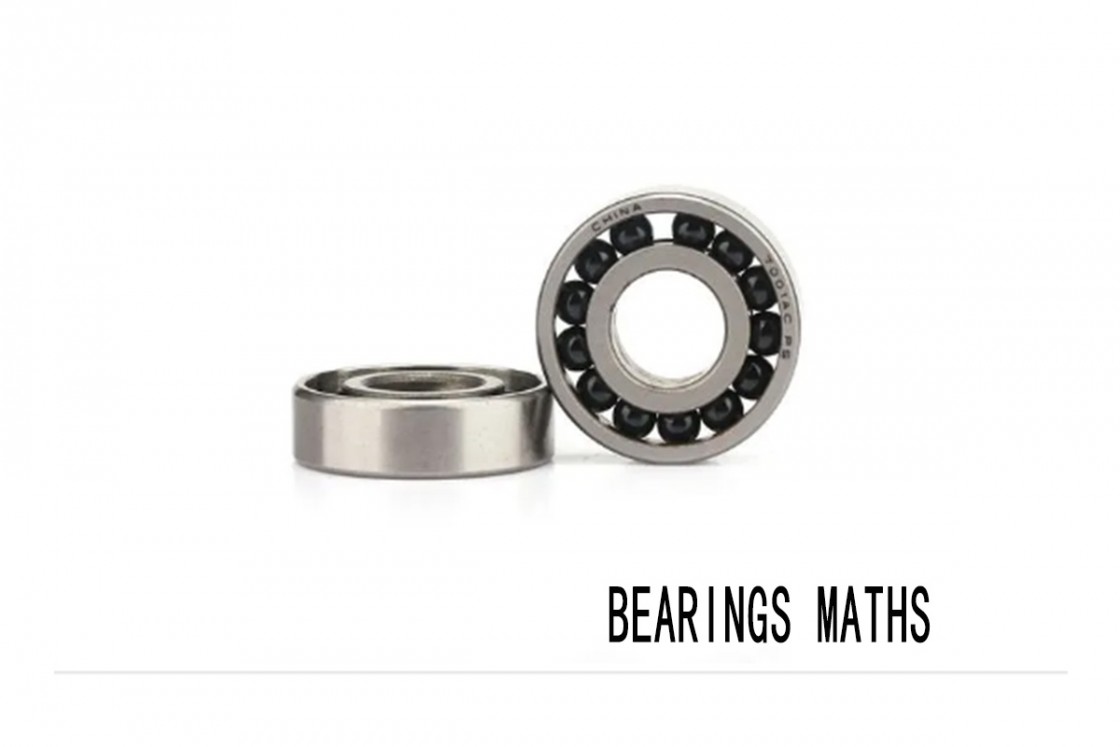
Size Range and Applications: Exploring the Versatility of Ceramic Bearings
When it comes to ceramic bearings, the size range and applications vary among leading brands like SKF, FAG, and INA. we delve into the diverse offerings and applications of ceramic bearings from each brand, shedding light on their versatility and suitability across various industries.
SKF:
SKF prides itself on offering a comprehensive range of ceramic bearings tailored to meet the needs of different applications. The size range of SKF ceramic bearings spans from miniature bearings with diameters as small as a few millimeters to large bearings suitable for heavy-duty industrial machinery. These bearings find applications in a wide array of industries, including aerospace, automotive, industrial machinery, and renewable energy. For instance, SKF's ceramic bearings are extensively used in aircraft engines, automotive transmissions, and wind turbines, where their high temperature resistance, corrosion resistance, and low friction properties are highly valued.
FAG:
FAG, under the Schaeffler Group, offers a diverse portfolio of ceramic bearings catering to various size requirements and applications. The size range of FAG ceramic bearings encompasses miniature bearings for precision instruments to large bearings for heavy machinery and equipment. These bearings are utilized across industries such as automotive, industrial automation, and power generation. For example, FAG's ceramic bearings are commonly found in electric vehicle drivetrains, robotics, and machine tools, where their high speed capabilities, superior load carrying capacity, and resistance to contamination ensure reliable performance in demanding environments.
INA:
INA, renowned for its precision-engineered bearings, offers a wide range of ceramic bearings designed to meet the stringent requirements of modern industries. The size range of INA ceramic bearings includes miniature bearings for medical devices and precision instruments to large bearings for heavy industrial applications. INA's bearings are widely used in industries such as medical, semiconductor manufacturing, and food processing, where cleanliness, precision, and reliability are paramount. For instance, INA's ceramic bearings are integral components in medical imaging equipment, semiconductor fabrication machinery, and food processing machinery, where their non-magnetic properties, corrosion resistance, and high precision ensure optimal performance and product integrity.
Conclusion:
In conclusion, the size range and applications of ceramic bearings from SKF, FAG, and INA are extensive and diverse, catering to the needs of various industries and applications. While each brand offers a unique selection of bearings tailored to specific size requirements and performance criteria, the ultimate choice depends on factors such as application demands, operating conditions, and desired performance attributes. By understanding the size range and applications of ceramic bearings from these leading brands, users can make informed decisions and select the brand that best aligns with their requirements, ultimately ensuring optimal performance and reliability in their applications.
Installation Guidance for Ceramic Bearings: Ensuring Proper Setup for Optimal Performance
Proper installation is crucial for maximizing the performance and longevity of ceramic bearings from leading brands like SKF, FAG, and INA. In this section, we provide comprehensive installation guidance, including step-by-step instructions and brand-specific considerations to ensure a successful setup.
Preparation:
Before beginning the installation process, gather all necessary tools and equipment, including bearing pullers, alignment tools, and lubricants. Ensure the work area is clean and free from debris to prevent contamination of the bearings.
SKF Ceramic Bearings Installation:
SKF ceramic bearings come with detailed installation instructions tailored to specific bearing types and applications. Follow these instructions carefully, paying attention to any brand-specific recommendations regarding mounting techniques and preload settings. SKF also offers a range of specialized tools designed for the installation of ceramic bearings, such as induction heaters and hydraulic mounting equipment. Utilizing these tools can help ensure proper alignment and minimize the risk of damage during installation.
FAG Ceramic Bearings Installation:
FAG provides comprehensive installation guidance for its ceramic bearings, outlining recommended procedures for different bearing configurations and applications. When installing FAG ceramic bearings, it is essential to verify proper shaft and housing fits, as well as bearing clearances, to prevent premature failure or excessive wear. Additionally, FAG offers a range of mounting and dismounting tools engineered to facilitate the installation process and optimize bearing performance.
INA Ceramic Bearings Installation:
INA ceramic bearings are engineered for easy installation, with clear instructions provided to guide users through the process. During installation, ensure that the bearings are properly aligned and securely mounted to prevent misalignment or axial loading. INA recommends using precision instruments, such as dial indicators and micrometers, to verify alignment and tolerances during installation. Additionally, INA offers technical support and training programs to assist users in achieving optimal installation results.
Conclusion:
Proper installation is essential for ensuring the optimal performance and longevity of ceramic bearings from SKF, FAG, and INA. By following brand-specific installation guidance and utilizing recommended tools and techniques, users can minimize the risk of premature failure and maximize the reliability of their bearing systems. Whether installing bearings in aerospace, automotive, industrial machinery, or other applications, adherence to proper installation procedures is paramount to achieving optimal performance and maximizing the value of ceramic bearings.
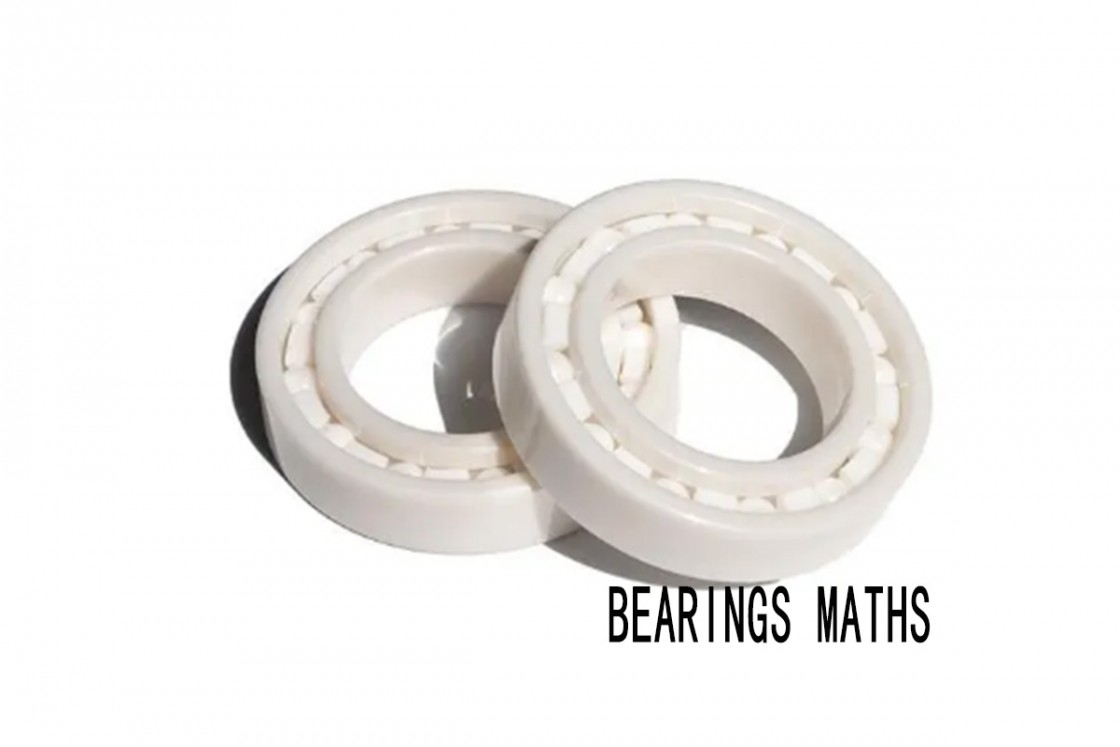
Performance and Durability
When comparing ceramic bearings from SKF, FAG, and INA, it is essential to examine real-world performance metrics and durability tests. Understanding how each brand’s bearings perform under various conditions can provide valuable insights into their reliability and longevity.
Real-World Performance Metrics
|
Brand |
Performance |
Durability Tests |
|
SKF |
SKF ceramic bearings are renowned for their exceptional performance in demanding applications. These bearings are subjected to rigorous testing to ensure they meet high standards. SKF’s silicon nitride (Si3N4) bearings exhibit excellent resistance to wear, corrosion, and thermal expansion, making them ideal for high-speed applications such as aerospace and automotive industries. Performance metrics often highlight their ability to maintain low friction and high efficiency under extreme temperatures and speeds. |
SKF conducts extensive durability tests, including accelerated life testing and fatigue testing, to evaluate the longevity of their ceramic bearings. These tests simulate real-world conditions, such as high-speed rotations, variable loads, and temperature fluctuations, to ensure the bearings can withstand prolonged use. Results typically show that SKF ceramic bearings maintain their structural integrity and performance over extended periods, reducing maintenance costs and downtime. |
|
FAG |
FAG ceramic bearings, under the Schaeffler Group, are also tested extensively for performance. The brand’s hybrid ceramic bearings, which combine ceramic balls with steel rings, offer a unique advantage by balancing the benefits of ceramic and steel materials. This hybrid design provides superior performance in terms of speed and load capacity. FAG’s bearings are particularly noted for their durability in automotive and industrial machinery applications, where they withstand heavy loads and continuous operation. |
FAG’s ceramic bearings undergo similar durability assessments, including wear resistance tests and dynamic load testing. The hybrid design of FAG bearings is particularly effective in these tests, demonstrating resilience against wear and deformation. FAG’s bearings are designed to perform consistently in environments where reliability is critical, such as in automotive transmission systems and renewable energy applications like wind turbines. |
|
INA |
INA, another Schaeffler Group brand, focuses on delivering high-strength, reliable ceramic bearings. INA’s silicon nitride bearings are tested for their performance in high-stress environments, such as industrial machinery and robotics. These tests often emphasize the bearings' thermal shock resistance and low wear rates, ensuring they perform well even in the most challenging conditions. INA’s innovative ceramic coatings further enhance the durability and efficiency of their bearings. |
INA’s durability testing focuses on the bearings' ability to endure high loads and harsh operating conditions. Tests often include endurance testing under continuous operation and thermal cycling to assess the bearings’ performance under temperature variations. INA’s bearings typically show excellent durability, with minimal wear and degradation, making them suitable for precision applications in robotics and industrial automation. |
Case Studies
SKF:
In a notable case study, SKF ceramic bearings were used in a high-speed aerospace application. The bearings operated flawlessly under extreme conditions, withstanding high temperatures and speeds. The study highlighted the bearings' low friction and high efficiency, which contributed to improved fuel efficiency and reduced maintenance costs for the aircraft.
FAG:
A case study involving FAG hybrid ceramic bearings in an automotive racing team demonstrated their superior performance. The bearings provided excellent speed and durability, contributing to the vehicle’s overall performance and reliability during races. The study emphasized the benefits of the hybrid design, including enhanced load capacity and reduced wear.
INA:
An industrial machinery manufacturer conducted a case study with INA ceramic bearings in a high-precision robotic arm. The bearings showed remarkable durability and precision, maintaining performance even under continuous operation and varying loads. The study concluded that INA bearings significantly improved the reliability and lifespan of the robotic systems.
Conclusion
When comparing the performance and durability of ceramic bearings from SKF, FAG, and INA, each brand offers unique advantages. SKF excels in high-speed and high-temperature applications, FAG provides robust hybrid solutions for versatile use, and INA delivers high-strength bearings for precision and industrial applications. Real-world performance metrics and case studies confirm that all three brands produce reliable and durable ceramic bearings, making them suitable for a wide range of demanding applications.
Conclusion
Summary of Key Findings
The comparison of ceramic bearings from SKF, FAG, and INA reveals distinct strengths and advantages for each brand. SKF stands out for its advanced use of silicon nitride (Si3N4) and zirconium dioxide (ZrO2) materials, which offer exceptional performance in high-speed and high-temperature applications. The rigorous testing and innovative designs ensure SKF bearings deliver superior reliability and longevity, making them ideal for demanding industries such as aerospace and automotive.
FAG impresses with its hybrid ceramic bearings that combine ceramic balls with steel rings, providing a balanced mix of ceramic and steel benefits. This hybrid approach enhances the versatility of FAG bearings, making them suitable for a broad range of applications including automotive, industrial machinery, and renewable energy. The robustness and cost-effectiveness of FAG bearings are notable highlights, reflecting the brand's commitment to delivering high-performance solutions at competitive prices.
INA excels in precision and industrial applications, leveraging the high strength and thermal shock resistance of silicon nitride ceramics. INA's use of ceramic coatings further enhances the durability and efficiency of its bearings, positioning them as reliable choices for robotics and automation. The brand's focus on innovative ceramic technologies underscores its dedication to advancing bearing performance in critical applications.
Final Verdict
In terms of overall value, performance, and reliability, each brand of ceramic bearings has its unique appeal:
|
Brand |
Best For |
Key Attributes |
Notable Advantages |
Suitable Industries |
|
SKF |
Applications requiring the highest levels of speed, temperature resistance, and wear durability |
Advanced materials (Si3N4, ZrO2), comprehensive testing |
Top-tier performance, reliability, longevity |
Aerospace, Automotive |
|
FAG |
Versatility and cost-effectiveness with hybrid ceramic bearings |
Balanced performance of ceramic and steel, affordability |
Versatile, robust, reliable |
Automotive, Industrial Machinery, Renewable Energy |
|
INA |
Precision and industrial applications needing reliability and innovative design |
High-strength ceramics (Si3N4), advanced ceramic coatings |
Exceptional durability, efficiency |
Robotics, Automation, Industrial Machinery |
In conclusion, the choice of the best brand for ceramic bearings depends on the specific requirements of the application. SKF leads in high-performance scenarios, FAG provides versatile and cost-effective solutions, and INA excels in precision and industrial durability. Each brand stands out in its way, offering valuable solutions tailored to different industry needs.
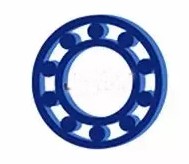

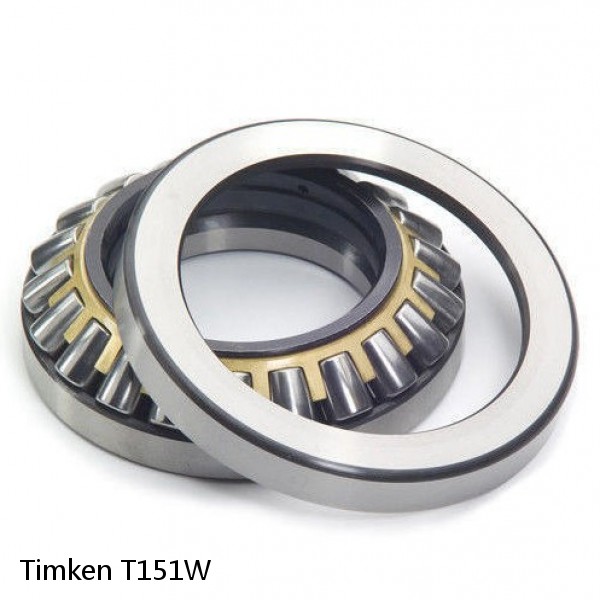 T151W Timken Thrust Roller Bearings
T151W Timken Thrust Roller Bearings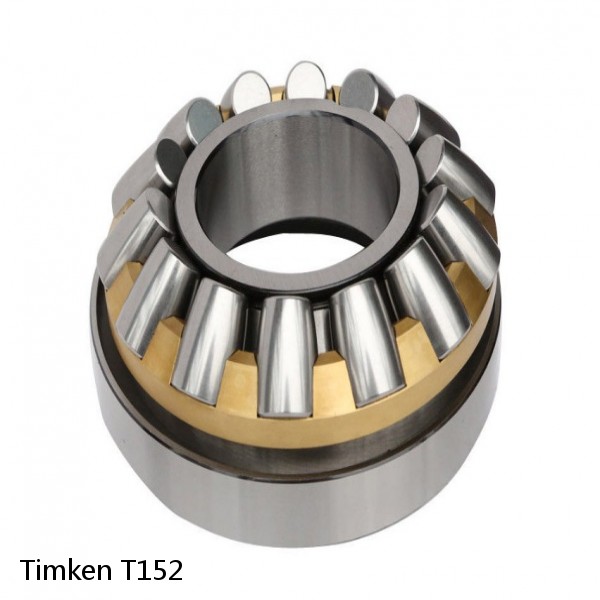 T152 Timken Thrust Roller Bearings
T152 Timken Thrust Roller Bearings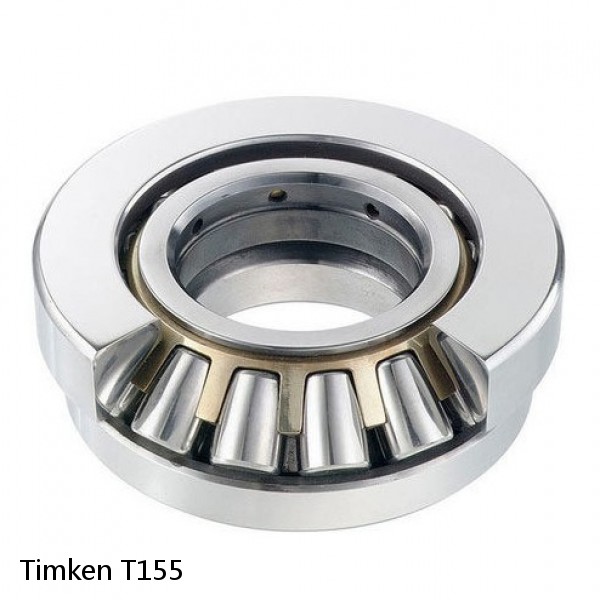 T155 Timken Thrust Roller Bearings
T155 Timken Thrust Roller Bearings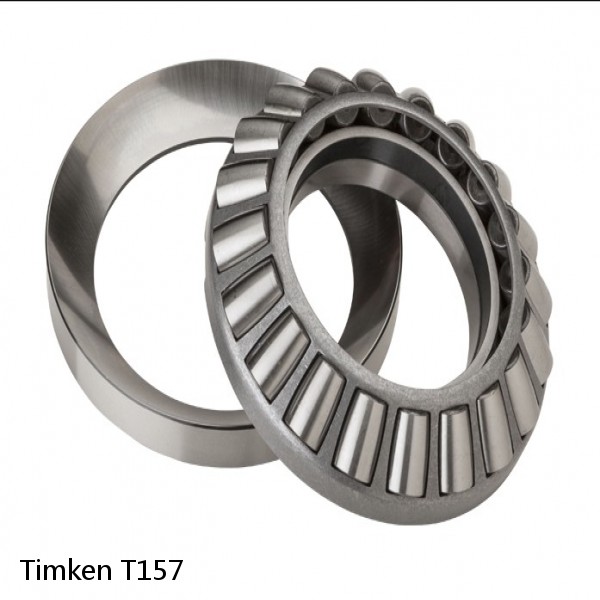 T157 Timken Thrust Roller Bearings
T157 Timken Thrust Roller Bearings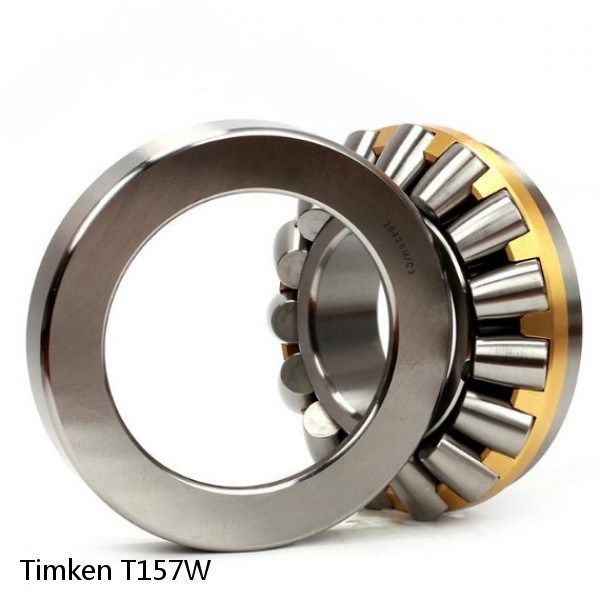 T157W Timken Thrust Roller Bearings
T157W Timken Thrust Roller Bearings